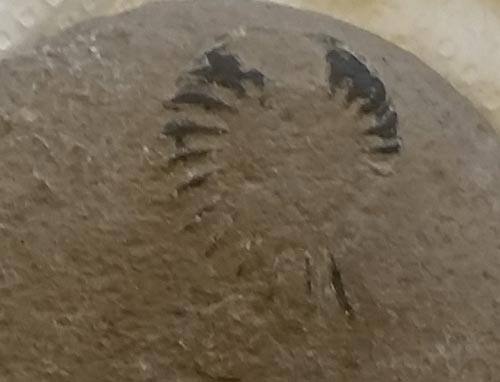Year 3 at Yarnfield Primary Learning About “Footprints in the Past”
Yesterday, was another busy day with a visit to the vibrant Yarnfield Primary School to work with the three classes of Year 3 children as they began their term topic entitled “Footprints in the Past”. The teaching team had developed an exciting and challenging scheme of work utilising a term topic all about dinosaurs and fossils to help 3Red, 3Yellow and 3Green classes study life in the past.
One of the spacious and well-organised classrooms had been designated to the member of the Everything Dinosaur teaching team to conduct the workshops, he noted that a number of special areas had been allocated on the walls of the classroom on which the children could display their work. There was even a large area dedicated to science related elements of the curriculum.
“Footprints of the Past”
Naturally, there is a big focus on literacy and numeracy throughout the school. Year 3 was no exception and prior to the workshops, our dinosaur expert talked through some extension ideas with the enthusiastic teaching team. A dinosaur footprint measuring exercise certainly ticked all the right boxes when it came to supporting numeracy and the “dinosaur foot facts” writing activity was well received.
A Collection of Fossils
Emily had brought in a collection fossils that her father had found. She had carefully wrapped them in tissue paper and stored them in a sturdy plastic box to keep them safe. Could the children work out why you have to wear special, soft gloves when you handle some fossils?
A Picture of the Fossils Emily had Brought into School
Picture credit: Yarnfield Primary School/Everything Dinosaur
An Ammonite Fossil
Our fossil expert was able to identify the fossils and explain that they came from a beach, the remains of the coiled shells of ammonites and other fossil fragments have been preserved in the rocks.
Can You Spot the Fossil?
Picture credit: Yarnfield Primary School/Everything Dinosaur
For replicas of ammonites and other iconic animals from the fossil record: Replica Fossils and Models of Iconic Fossil Animals.
An idea might be for the children to set up their own dinosaur and fossil museum in the classroom so that they can display their work and exhibit some of their discoveries. During the workshops, Year 3 learned about Mary Anning, a Georgian fossil collector, dealer and palaeontologist who was to become famous for her fossil discoveries from the cliffs at Lyme Regis (Dorset).
Mary’s discoveries include the first ichthyosaur fossil to be scientifically described along with plesiosaurs, ancient fish and the first flying reptile fossil to be found in England. Although her finds made her quite well known and a number of leading scientists used Mary’s work and her knowledge to further their own careers, she never gained the public recognition her contribution to science merited. Good luck to all the pupils who attempt the “sea shells” tongue twister inspired by Mary Anning that we provided.
The Grave of Mary Anning 1799 – 1847
Picture credit: Everything Dinosaur.
The picture above shows a the gravestone of Mary and Joseph Anning in the church close to the beach at Lyme Regis. Perhaps Emily’s fossils will inspire the children at Yarnfield Primary School to become famous fossil collectors just like Mary Anning.
Visit Everything Dinosaur’s website: Everything Dinosaur.









Leave A Comment